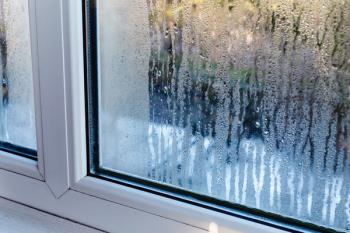
Scientists Home In on the Cause of Overactive Bladder
Finding 1: Urine isn’t sterile. Finding 2: All those bacteria in urine may not be so harmless. In fact, for some women, these microbes may cause overactive bladder.
[[{"type":"media","view_mode":"media_crop","fid":"24642","attributes":{"alt":"","class":"media-image media-image-right","id":"media_crop_2202875472139","media_crop_h":"234","media_crop_image_style":"-1","media_crop_instance":"2181","media_crop_rotate":"0","media_crop_scale_h":"107","media_crop_scale_w":"160","media_crop_w":"350","media_crop_x":"0","media_crop_y":"0","style":"line-height: 1.538em; float: right;","title":" ","typeof":"foaf:Image"}}]]Bacteria in urine may be associated with overactive bladder (OAB) in some women, according to research presented at the annual meeting of the American Society for Microbiology.
Pertinent Points
- Bacteria in urine may be associated with overactive bladder in some women.
- This research builds on previous findings that debunked the myth that urine is sterile.
- Using a technique known as expanded quantitative urine culture, researchers identified bacteria that are not found in the standard urine culture techniques typically used to diagnose urinary tract syndromes.
Researchers from Loyola University Chicago said a study evaluating urine specimens from 90 women not only debunked the common belief that urine is sterile (a discovery initially made in 2012) but also pointed to differences in the bacteria found in women with and without OAB symptoms.
"If we determine that certain bacteria cause OAB symptoms, we may be able to better identify those at risk for this condition and prevent or more effectively treat affected patients," said Evann Hilt, lead investigator and second-year master's student at Loyola University Chicago, in a news release. "Further research is needed to determine if these bacterial differences are clinically relevant for the millions of women with OAB and the doctors who treat them."
Using a new technique known as expanded quantitative urine culture, Hilt and her colleagues were able to identify bacteria that are not found in the standard urine culture techniques typically used to diagnose urinary tract syndromes.
Next, the researchers plan to study the bladder bacteria more closely to determine which bacteria are helpful and which may be harmful.
"If we can determine that certain bacteria cause OAB symptoms, we may be able to better identify those at risk for this condition and more effectively treat them," said Alan Wolfe, PhD, co-investigator and professor of microbiology and immunology, Loyola University Chicago Stritch School of Medicine, in a news release.
Newsletter
Get the latest clinical updates, case studies, and expert commentary in obstetric and gynecologic care. Sign up now to stay informed.











